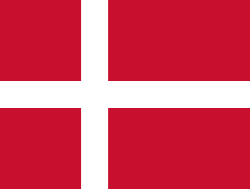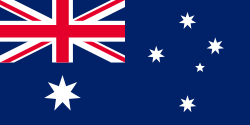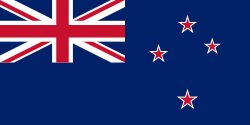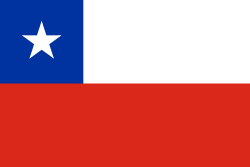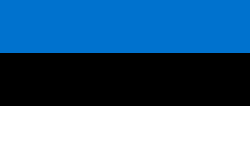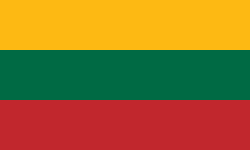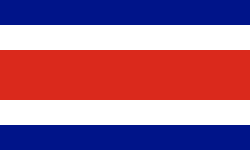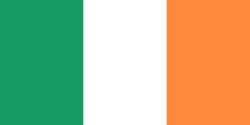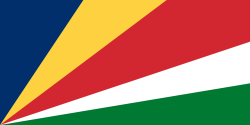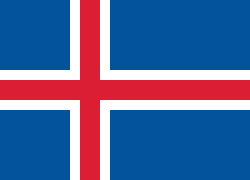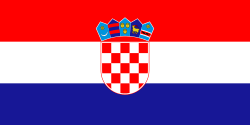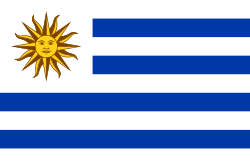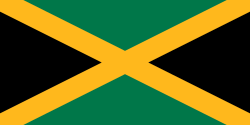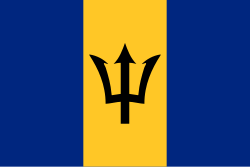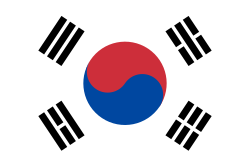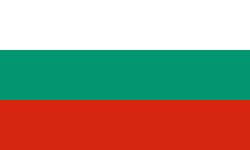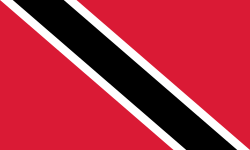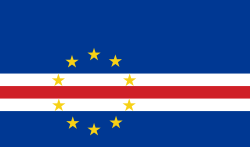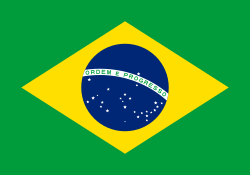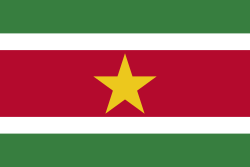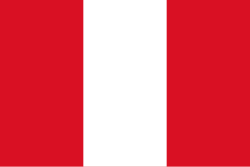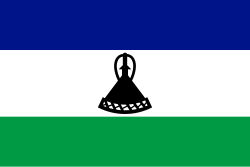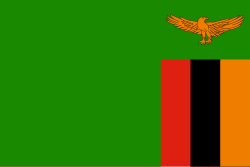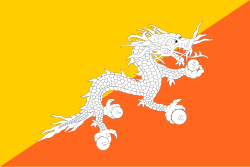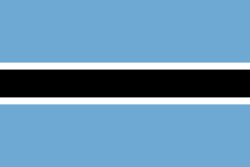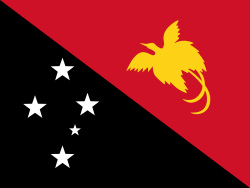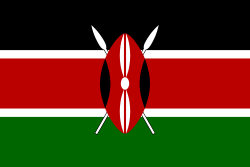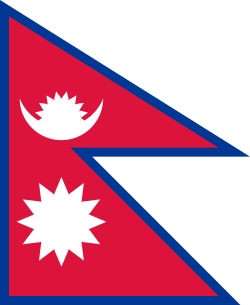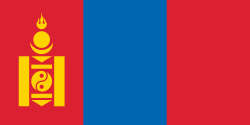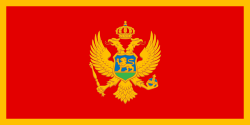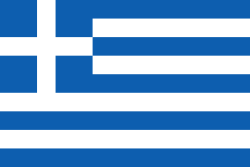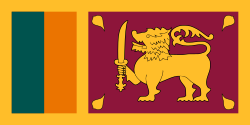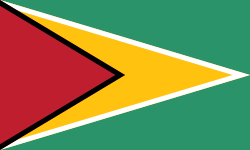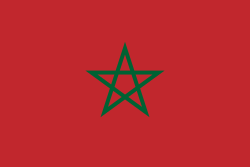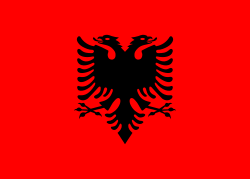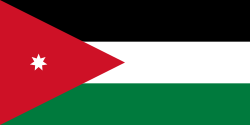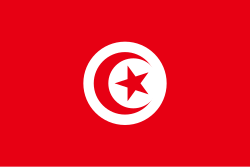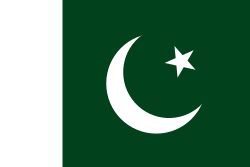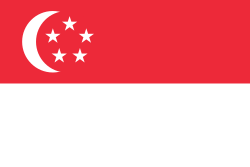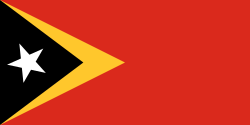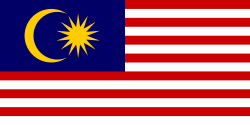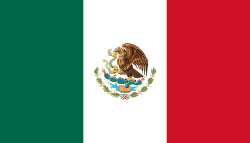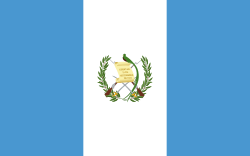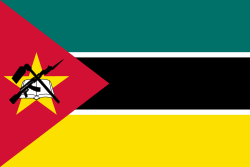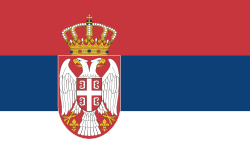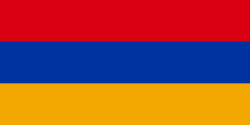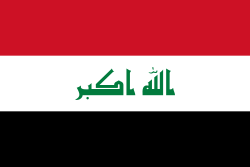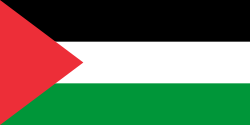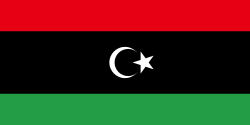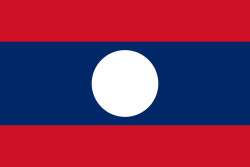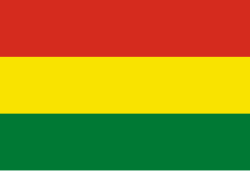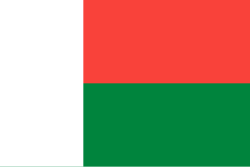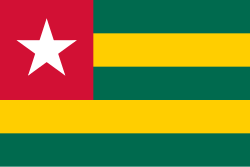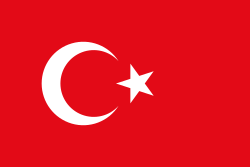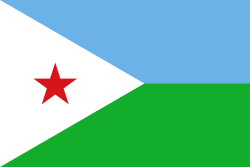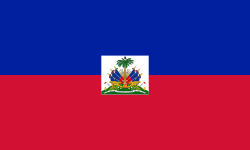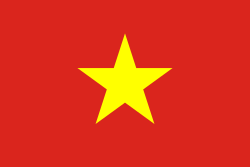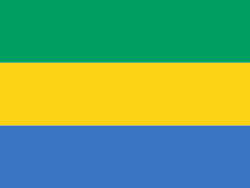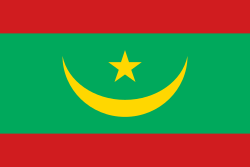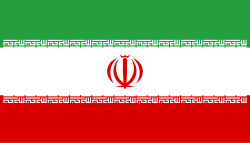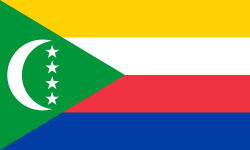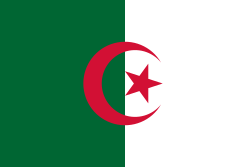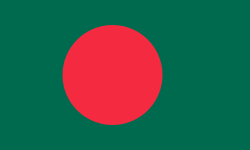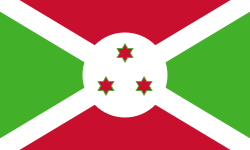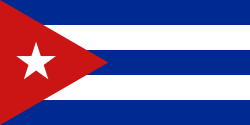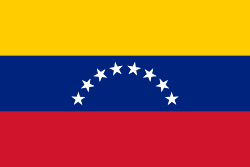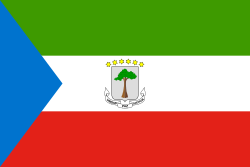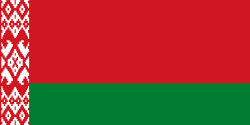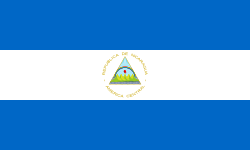Prezidentská republika
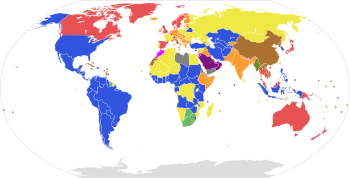
Prezidentská republika je forma vlády ve kterém hlava vlády, typicky s titulem prezidenta, vede výkonné moci, která je zcela oddělená od zákonodárné moci a soudní moci. Prezident je současně hlavou státu i vlády. V prezidentské republice je hlava vlády přímo nebo nepřímo volena skupinou občanů a není odpovědná zákonodárnému sboru a zákonodárný sbor nemůže odvolat prezidenta s výjimkou mimořádných případů. Prezidentský systém kontrastuje s parlamentním systémem, kde se hlava vlády dostává k moci získáním důvěry voleného zákonodárného sboru. Existují také hybridní systémy, jako je poloprezidentská republika například bývalá Výmarská republika a Francie. Hlava státu parlamentní republiky má většinou ceremoniální roli a je také nazývána prezident. Diktátor nebo vůdce státu jedné strany, ať už je volen či nikoli, je také často nazýván prezidentem.
Charakteristika
Základním principem prezidentské republiky je princip oddělení jednotlivých mocí a systém brzd a protivah, které mají zabránit možným autoritářských tendencím. Předpokladem prezidentské republiky je, že moc výkonná, zákonodárná i soudní je od sebe ústavou naprosto oddělena a vzájemně ovlivňována a korigována.
Zatímco parlamentní forma vlády se objevuje i v monarchiích například ve Spojeném království, které je modelovým příkladem, prezidentská forma vlády je slučitelná výhradně s republikou.[1] Oproti parlamentnímu systému má prezident více pravomocí. Podle některých[kdo?] kritiků je tím nastolena tendence k autoritářským formám vlády.[2]
V plnohodnotném prezidentském systému je politik zvolen přímo nebo nepřímo vítěznou stranou za hlavu vlády. Funkce předsedy vlády může také existovat v prezidentském systému, ale na rozdíl od poloprezidentských nebo parlamentních republikách odpovídá předseda vlády prezidentovi.
Následující charakteristiky obecně platí pro řadu prezidentských vlád po celém světě:
- Členové kabinetu jsou odpovědni prezidentovi. Prezidentské republiky však vyžadují legislativní schválení výkonných nominací do kabinetu, soudnictví a různých nižších vládních funkcí. Prezident může obecně řídit členy kabinetu, armády nebo jakéhokoli úředníka či zaměstnance výkonné moci, ale nemůže řídit ani odvolávat soudce.
- Exekutiva je jednotná. Na rozdíl od parlamentních a poloprezidentských republik a konstitučních monarchií nedochází k dělbě moci mezi hlavu státu a hlavu vlády a rozhodnutí hlavy státu nevyžaduje kontrasignaci jiným orgánem.
- Výkonná moc může vetovat zákony a naopak většina zákonodárců může veto přehlasovat.
- Prezident má funkční období na dobu určitou. Volby se konají v pravidelných dobách a nelze je vyvolat vyslovením nedůvěry nebo jinými parlamentními postupy, i když v některých zemích existuje výjimka, která stanoví odvolání prezidenta v případě porušení zákona (viz impeachment).
- Prezident může odsouzeným zločincům odpustit nebo zmírnit tresty.
Metriky prezidentismu
Metriky prezidentialismu umožňují kvantitativní analýzu prezidialismu pro jednotlivé země. Jednou metrikou prezidialismu je index prezidentialismu v V-Dem indexy demokracie,[3] kde vyšší hodnoty znamenají vyšší koncentraci politické moci v rukou jednoho jednotlivce, níže pro jednotlivé země. Česko je na 29. místě.
Odkazy
Literatura
- Cabada. L – Kubát, M. et al.: Úvod do studia politické vědy. Eurolex Bohemia, 2002
Reference
V tomto článku byl použit překlad textu z článku Presidential system na anglické Wikipedii.
- ↑ ŘÍCHOVÁ, Blanka. Úvod do současné politologie: [srovnávací analýza demokratických politických systémů]. Vyd. 3. Praha: Portál, 2012. ISBN 978-80-262-0218-9, strana 59.
- ↑ LINZ, Juan. The Perils of Presidentialism. [s.l.]: Harvard University Dostupné v archivu pořízeném dne 2016-04-17.
- ↑ a b The V-Dem Dataset. [s.l.]: [s.n.], 2014. Dostupné online.
Média použitá na této stránce
Flag of Australia, when congruence with this colour chart is required (i.e. when a "less bright" version is needed).
See Flag of Australia.svg for main file information.Při zobrazení tohoto souboru lze snadno přidat orámování
Finská vlajka
Zelený pruh má znázorňovat většinové katolické obyvatelsto Irska, oranžový pruh reprezentuje protestantskou menšinu a bílý pruh uprostřed znázorňuje mír a harmonii mezi nimi.
The Flag of Iceland.
- Horizontal aspect ratio: 7:1:2:1:14;
- Vertical aspect ratio: 7:1:2:1:7.
This is the national flag of Belgium, according to the Official Guide to Belgian Protocol. It has a 13:15 aspect ratio, though it is rarely seen in this ratio.
Its colours are defined as Pantone black, Pantone yellow 115, and Pantone red 032; also given as CMYK 0,0,0,100; 0,8.5,79,0; and 0,94,87,0.Při zobrazení tohoto souboru lze snadno přidat orámování
Flag of Portugal, created by Columbano Bordalo Pinheiro (1857-1929), officially adopted by Portuguese government in June 30th 1911 (in use since about November 1910).
Vlajka České republiky. Podoba státní vlajky České republiky je definována zákonem České národní rady č. 3/1993 Sb., o státních symbolech České republiky, přijatým 17. prosince 1992 a který nabyl účinnosti 1. ledna 1993, kdy rozdělením České a Slovenské Federativní republiky vznikla samostatná Česká republika. Vlajka je popsána v § 4 takto: „Státní vlajka České republiky se skládá z horního pruhu bílého a dolního pruhu červeného, mezi něž je vsunut žerďový modrý klín do poloviny délky vlajky. Poměr šířky k její délce je 2 : 3.“
Flag of Jamaica. “The sunshine, the land is green, and the people are strong and bold” is the symbolism of the colours of the flag. GOLD represents the natural wealth and beauty of sunlight; GREEN represents hope and agricultural resources; BLACK represents the strength and creativity of the people. The original symbolism, however, was "Hardships there are, but the land is green, and the sun shineth", where BLACK represented the hardships being faced.
Flag of Canada introduced in 1965, using Pantone colors. This design replaced the Canadian Red Ensign design.
Used color: National flag | South African Government and Pantone Color Picker
| zelená | rendered as RGB 0 119 73 | Pantone 3415 C |
| žlutá | rendered as RGB 255 184 28 | Pantone 1235 C |
| červená | rendered as RGB 224 60 49 | Pantone 179 C |
| modrá | rendered as RGB 0 20 137 | Pantone Reflex Blue C |
| bílá | rendered as RGB 255 255 255 | |
| černá | rendered as RGB 0 0 0 |
The flag of the Dominican Republic has a centered white cross that extends to the edges. This emblem is similar to the flag design and shows a bible, a cross of gold and 6 Dominican flags. There are branches of olive and palm around the shield and above on the ribbon is the motto "Dios,Patria!, Libertad" ("God, Country, Freedom") and to amiable freedom. The blue is said to stand for liberty, red for the fire and blood of the independence struggle and the white cross symbolized that God has not forgotten his people. "Republica Dominicana". The Dominican flag was designed by Juan Pablo Duarte, father of the national Independence of Dominican Republic. The first dominican flag was sewn by a young lady named Concepción Bona, who lived across the street of El Baluarte, monument where the patriots gathered to fight for the independence, the night of February 27th, 1844. Concepción Bona was helped by her first cousin María de Jesús Pina.
The flag of the Dominican Republic has a centered white cross that extends to the edges. This emblem is similar to the flag design and shows a bible, a cross of gold and 6 Dominican flags. There are branches of olive and palm around the shield and above on the ribbon is the motto "Dios,Patria!, Libertad" ("God, Country, Freedom") and to amiable freedom. The blue is said to stand for liberty, red for the fire and blood of the independence struggle and the white cross symbolized that God has not forgotten his people. "Republica Dominicana". The Dominican flag was designed by Juan Pablo Duarte, father of the national Independence of Dominican Republic. The first dominican flag was sewn by a young lady named Concepción Bona, who lived across the street of El Baluarte, monument where the patriots gathered to fight for the independence, the night of February 27th, 1844. Concepción Bona was helped by her first cousin María de Jesús Pina.
Flag of Maldives. The colours used are Pantone 186 C for red and Pantone 348 C for green.
Flag of São Tomé and Príncipe
Note: The color selected is «turquoise blue» (the color mentioned in the decree), as defined by Pantone.
Flag of Namibia
bendera Indonesia
Georgian flag in Pantone MS.
Flag of Senegal
Flag of Burkina Faso
The national flag of Kingdom of Thailand; there are total of 3 colours:
- Red represents the blood spilt to protect Thailand’s independence and often more simply described as representing the nation.
- White represents the religion of Buddhism, the predominant religion of the nation
- Blue represents the monarchy of the nation, which is recognised as the centre of Thai hearts.
Flag of the Ivory Coast, written by Jon Harald Søby, modified by Zscout370. The colors match to what is reported at http://fotw.vexillum.com/flags/ci.html.
Flag of Laos
| Flag of Bolivia* | |
|---|---|
| country | Template:I18n/Republic of Bolivia |
| used by | Bolivia |
| from | 1851 |
| until | Present |
| created by | Government of Bolivia |
| format | 15:22 |
| shape | rectangular |
| colours | červená, žlutá, zelená
flag has 3 horizontal stripes |
| other characteristics | A horizontal tricolor of red, yellow and green. |
The proportions of this flag are 3:2; however, there is no official definition for the correct proportions and also 5:3 is widely used.
Vlajka Etiopie
Flag of Togo. Aspect ratio modified for projects that require an aspect ratio of 3:2.
Vlajka Angoly
Flag of Rwanda. The flag ratio is 2:3 with the stripes being 2:1:1. Colors are the following officially: Pantone 299 C 2X (blue), RAL 6029 (green), RAL 1023 (yellow) and RAL 1003 (golden yellow). (As of 03/08/2010, the only color used is the Pantone 299 C, which is from here. The rest of the colors are RAL shades from here.)
The national and official state flag of Haiti; arms obtained from File:Coat of arms of Haiti.svg. The civil flag can be found at here.
Flag of Mauritania, adopted in 2017. The National Assembly added red stripes to the top and bottom edges to represent “the blood shed by the martyrs of independence”.
Flag of Iran. The tricolor flag was introduced in 1906, but after the Islamic Revolution of 1979 the Arabic words 'Allahu akbar' ('God is great'), written in the Kufic script of the Qur'an and repeated 22 times, were added to the red and green strips where they border the white central strip and in the middle is the emblem of Iran (which is a stylized Persian alphabet of the Arabic word Allah ("God")).
The official ISIRI standard (translation at FotW) gives two slightly different methods of construction for the flag: a compass-and-straightedge construction used for File:Flag of Iran (official).svg, and a "simplified" construction sheet with rational numbers used for this file.
Při zobrazení tohoto souboru lze snadno přidat orámování
Autor: Newfraferz87, Licence: CC0
